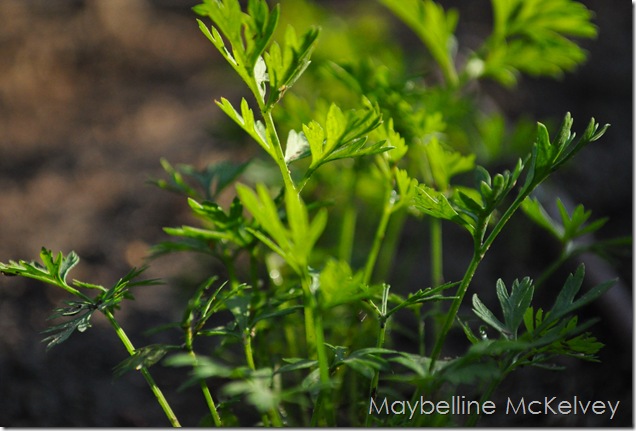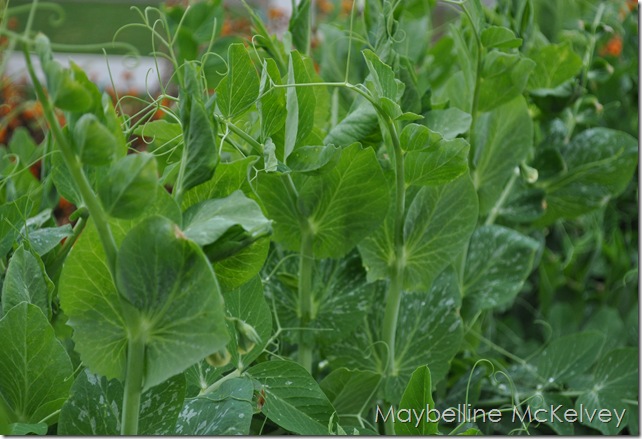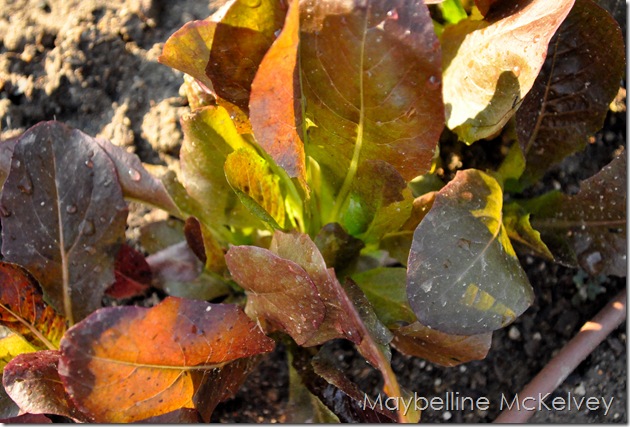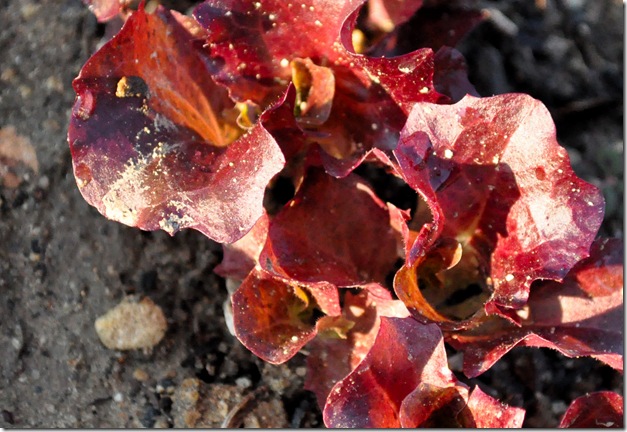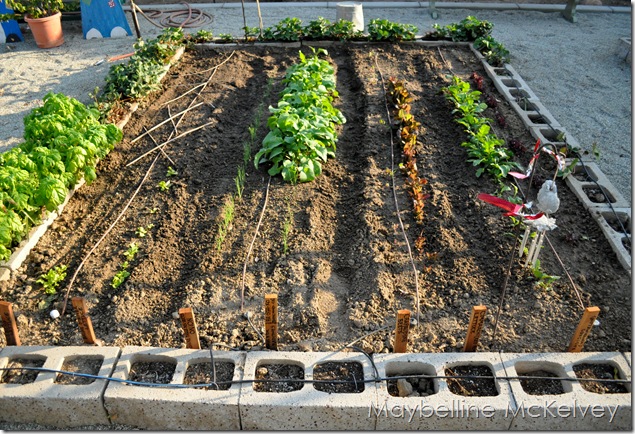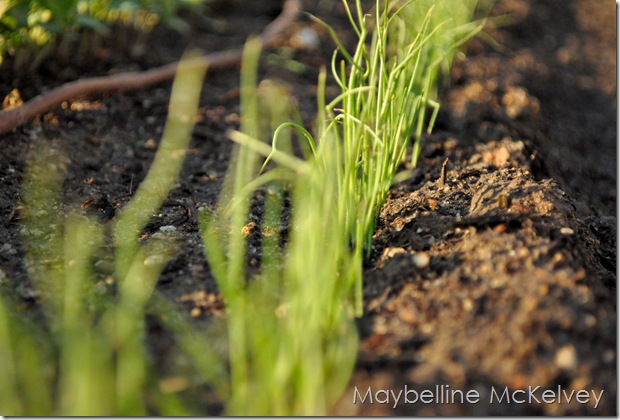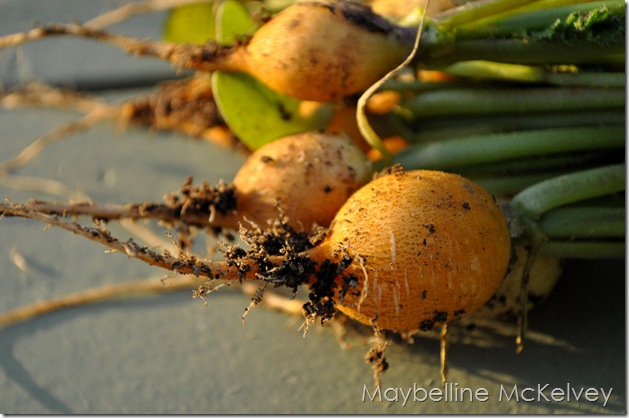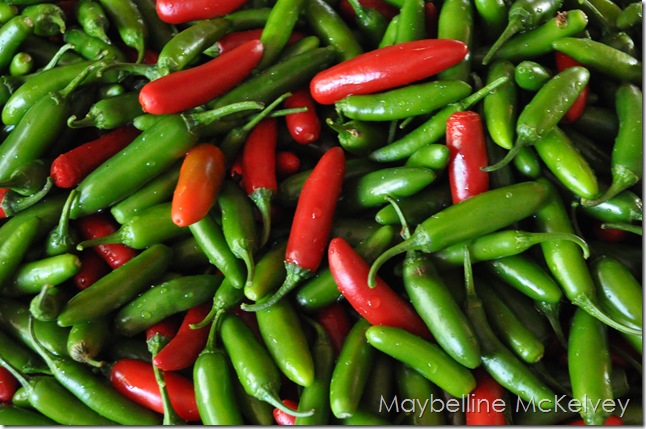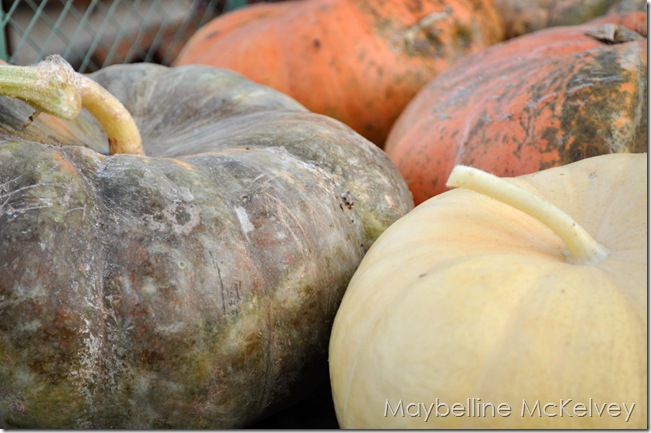Planting Rye Grass isn’t exactly the most water wise thing to do in the thirsty southern San Joaquin Valley; but it gives a nice, cool pop of color to the garden with a soft, brushy texture. The summer lawn has to get put to bed before the seed is thrown. Farmer MacGregor buzzed the Hybrid Bermuda lawn down like an Marine haircut. Amendments were applied to enhance the soil’s permeability. The seeds are cast and kept moist. This requires the sprinklers to be turned on about 2 or 3 times a day. Not for long. The seeds will sprout in about a week if the Mourning Doves don’t eat your work. Once the seed is up the irrigating can be cut back because the temperatures are usually on the way down with the occasional rain. If the weather turns rainy and foggy, the irrigation system needs to be cut completely and that’s a good thing.
People used to top the seeds with steer manure years ago; but a problem with salts and junk has pretty much made that practice extinct. As a kid, you could tell when Trick or Treat time was approaching by the stink of the manure. Farmer MacGregor has finally been convinced to mulch the lawn clippings back into the lawn this winter to help build the soil. January will signal the time to start the pre-emergent schedule. Maybe the summer of 2011 will be the year of a healthier lawn unlike the weed infested junk from 2010.


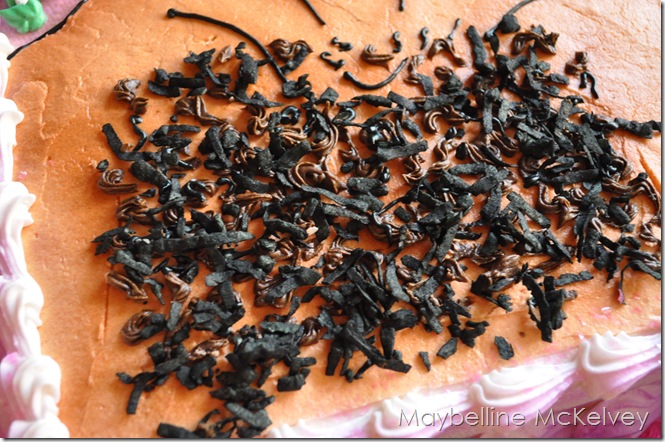
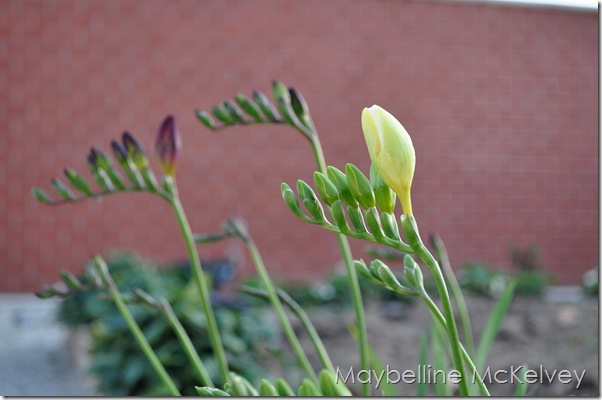
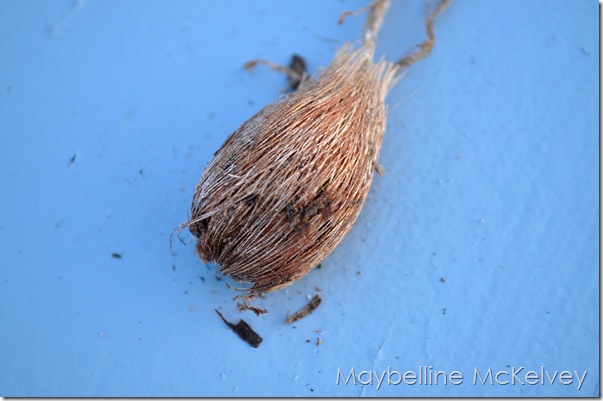

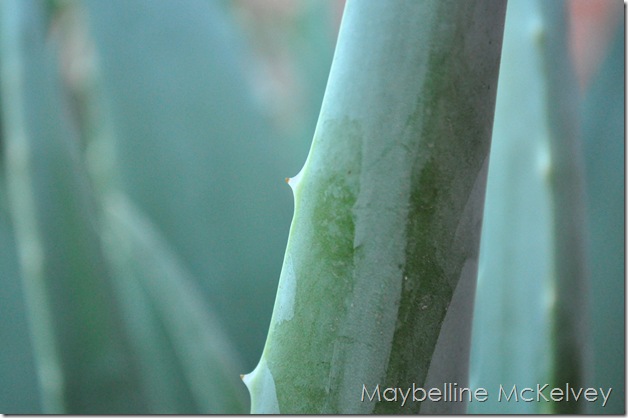
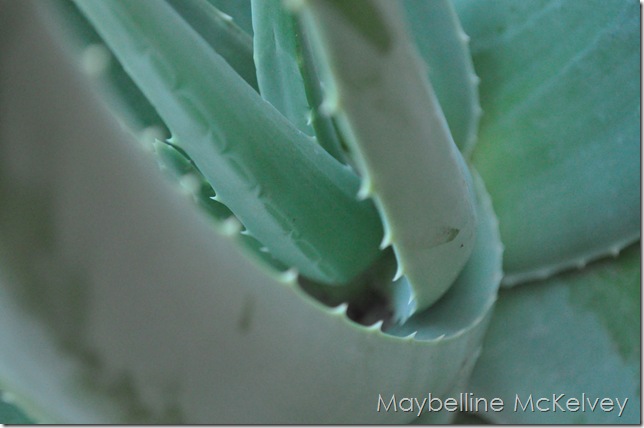

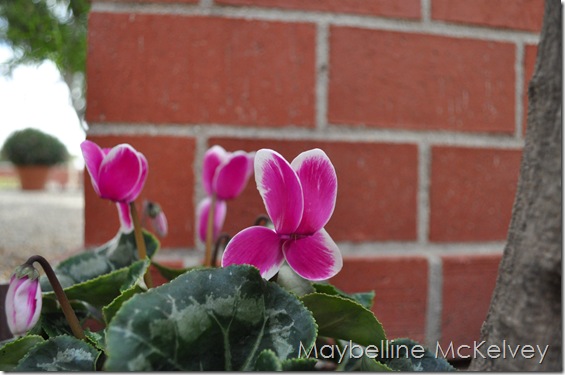
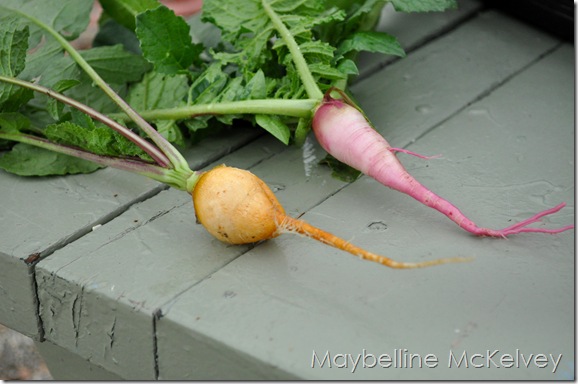
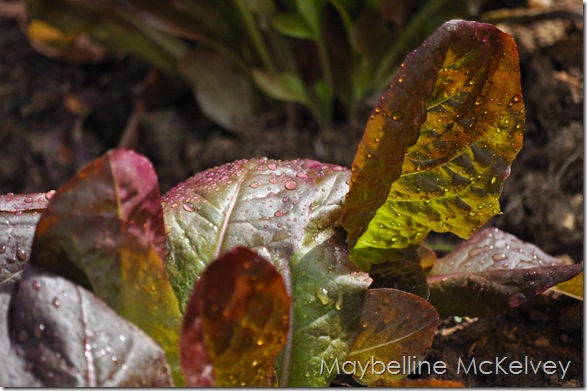
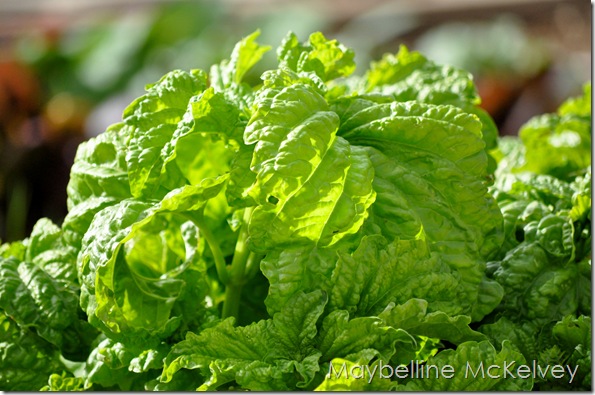
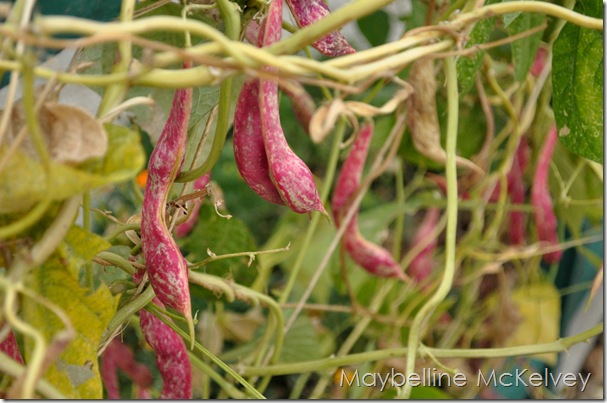
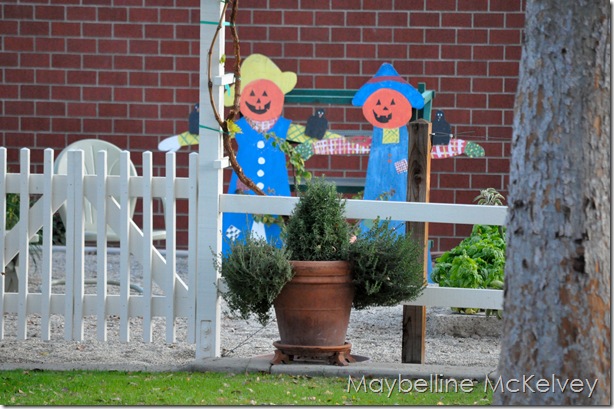

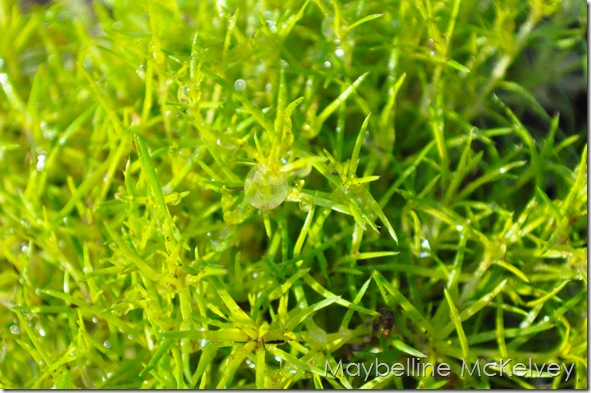
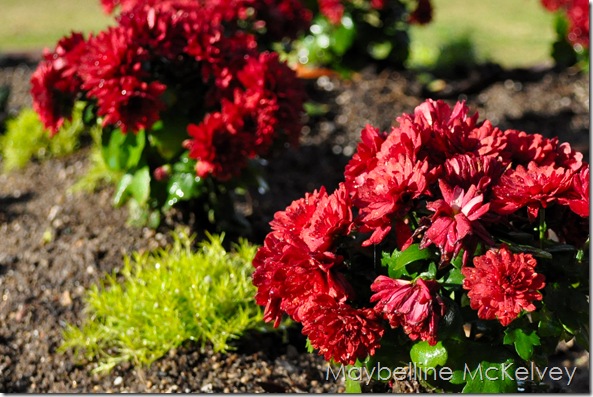
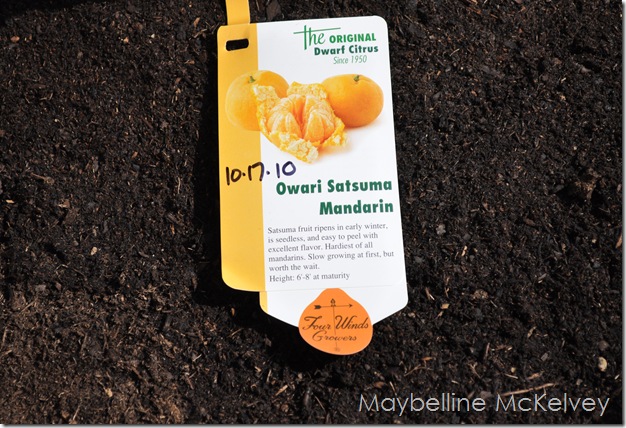
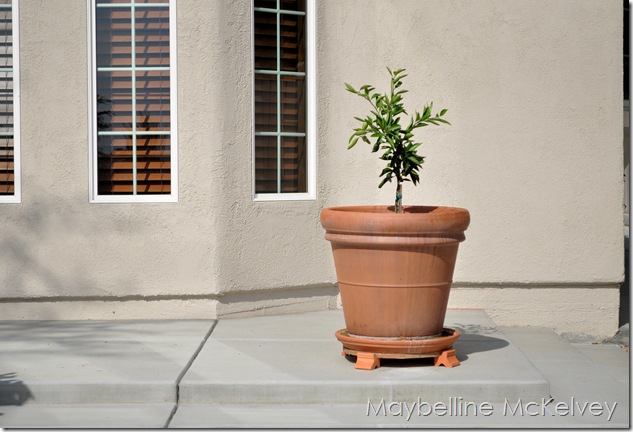


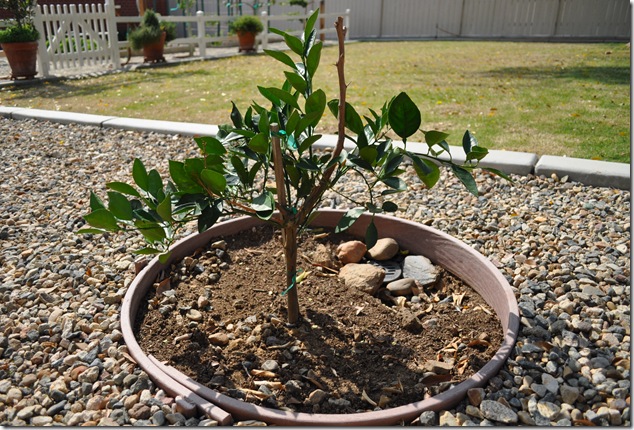
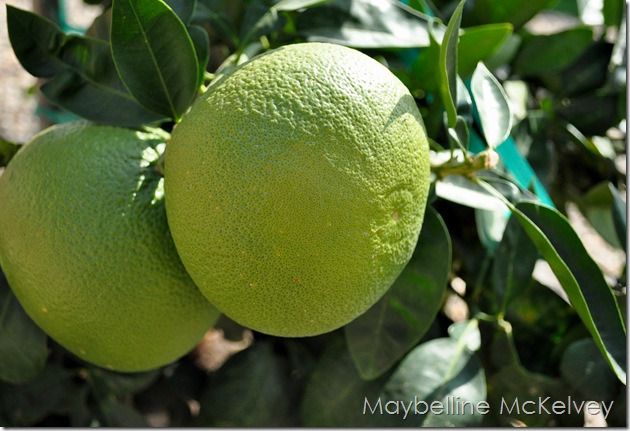 The Rio Red Grapefruit is producing some monster sized fruit that should be ready this winter. The citrus trees are fed about every 6 weeks. They seem to be doing fine with that schedule. It’s important not to overwater citrus. I let the soil dry out pretty good before irrigating. The pot or growing basin is filled with water then allowed to drain down through the root system. A moisture monitor is really useful. When the surface is dry, it’s very tempting to irrigate the trees. The moisture meter indicates that just below the surface the soil is moist and no water needs to be applied.
The Rio Red Grapefruit is producing some monster sized fruit that should be ready this winter. The citrus trees are fed about every 6 weeks. They seem to be doing fine with that schedule. It’s important not to overwater citrus. I let the soil dry out pretty good before irrigating. The pot or growing basin is filled with water then allowed to drain down through the root system. A moisture monitor is really useful. When the surface is dry, it’s very tempting to irrigate the trees. The moisture meter indicates that just below the surface the soil is moist and no water needs to be applied. 
